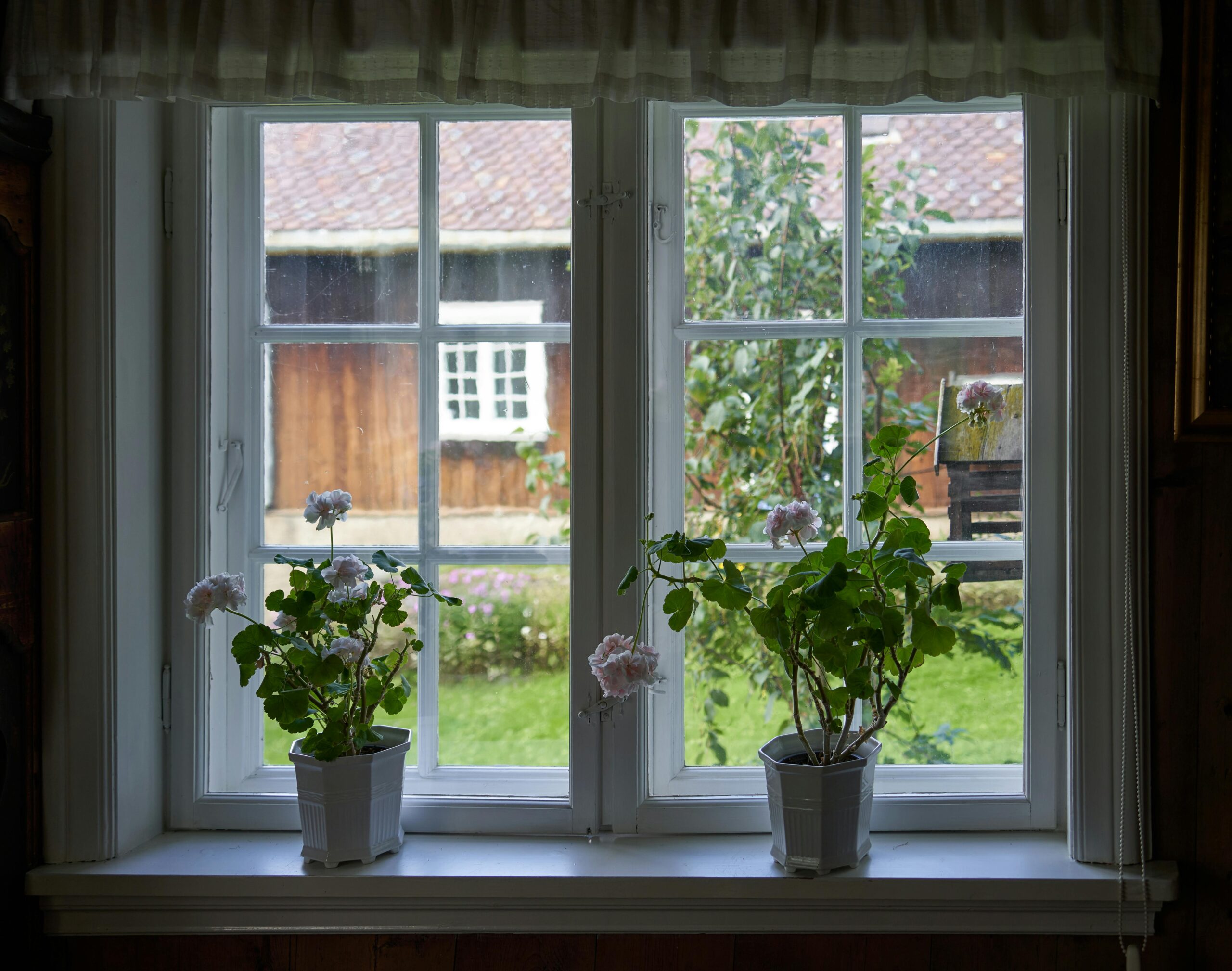The marriage of technology and interior design has evolved beyond clunky gadgets that disrupt your carefully curated aesthetic. Today’s smart home interior design integration offers sophisticated solutions that enhance your living space while remaining virtually invisible. This article explores how to incorporate smart home technology discreetly into your interior design scheme, from hidden speakers and adaptive lighting systems to voice-controlled assistants that blend seamlessly with your decor. We’ll guide you through creating a home that’s not only beautiful but intelligently responsive to your needs and preferences.
The Invisible Revolution: Hidden Smart Home Technology
Gone are the days when technology meant sacrificing style. Modern hidden smart home technology allows homeowners to enjoy convenience without compromising aesthetics. Consider in-ceiling or in-wall speakers that deliver high-quality sound while remaining completely flush with your surfaces. Many manufacturers now offer paintable speaker grilles that can be customized to match your exact wall color, rendering them nearly invisible to the casual observer.
Smart thermostats have also undergone a design revolution, with sleek, minimalist interfaces that complement contemporary interiors. Some models feature customizable faceplates that can be changed to match your room’s color scheme or can be installed within discreet wall-mounted housings that blend with your overall design.
Even larger elements like televisions have embraced the hidden approach. When not in use, frame TVs display artwork of your choosing, transforming from entertainment device to wall art instantly. Alternatively, projectors combined with motorized screens that descend from ceiling recesses offer cinematic experiences that completely disappear when not needed.
Illuminating Possibilities: Seamless Smart Lighting
Perhaps no smart home element offers more dramatic design potential than seamless smart lighting systems. These programmable solutions create ambiance, highlight architectural features, and adapt to different activities and moods. Recessed lighting fixtures with smart bulbs can be controlled via smartphone apps or voice commands, allowing you to adjust color temperature and brightness without visible switches disrupting your wall space.
LED strip lighting installed along crown molding or beneath cabinets provides indirect illumination that enhances your space without calling attention to the technology itself. Many systems offer preset “scenes” for different occasions—bright and energizing for morning routines, warm and subdued for evening relaxation, or colorful and dynamic for entertaining guests.
The true magic of smart lighting integration comes from automation. Motion sensors can subtly illuminate pathways at night, while daylight sensors gradually adjust brightness as natural light changes throughout the day. These thoughtful touches enhance both functionality and mood without requiring constant manual adjustment.
The Voice of Luxury: Voice Control Home Decor
Voice-controlled home assistants have transcended their early utilitarian designs to become elements that complement rather than detract from sophisticated interiors. Today’s voice control home decor options include elegant tabletop devices in materials like fabric, wood, and metal that look more like sculptural objects than technology.
These discreet smart speakers can be strategically placed on bookshelves, side tables, or countertops, where they integrate naturally with your existing decor while providing whole-home control. More advanced systems can be completely integrated into your walls, with only small microphone points visible, if at all.
Beyond controlling entertainment and information, voice assistants now seamlessly manage entire environments—adjusting lighting, temperature, window treatments, and even activating appliances. This hands-free functionality creates a sense of refined luxury while eliminating the need for multiple control panels throughout your home.
Designing the Complete Experience: Professional Integration
While DIY smart home setups are increasingly accessible, achieving truly seamless integration often benefits from professional expertise. Smart home designers understand how to incorporate technology from the earliest planning stages, ensuring that wiring, power needs, and placement considerations don’t compromise your aesthetic vision.
These specialists can create customized solutions that address your specific lifestyle needs while respecting your design sensibilities. From planning hidden equipment closets to selecting components that complement your interior style, professionals available through platforms like AskHomey can elevate your smart home experience beyond what off-the-shelf solutions might offer.
The Future at Home: Evolving Integration
As technology continues to advance, the boundaries between smart functionality and interior design will further dissolve. Emerging innovations include smart surfaces that transform ordinary countertops into interactive displays when needed, window glass that can shift from transparent to opaque or even display information, and furniture with built-in charging capabilities and subtle lighting.
The key to successful smart home interior design integration lies in prioritizing both aesthetics and functionality equally. When technology supports your lifestyle without demanding visual attention, you’ve achieved the ideal balance—a home that feels both personal and responsive, sophisticated and simple.
For more tips and to connect with reliable home service professionals, follow AskHomey on Facebook and Instagram.



